To a large segment of the non-birding population, the special family of birds called warblers are basically unknown. North America has more than 50 species of warblers but they are not commonly seen as are our usual yard species such as robins, blue jays, sparrows, doves, etc. Warblers summer mostly in the northern regions of North America, especially Canada, before returning in early fall to the southern US, Mexico, Central and South America. For those of us living in the Minnesota, warblers are frenetic visitors that grace us with a colorful and striking show for a few weeks in May as they travel northward.
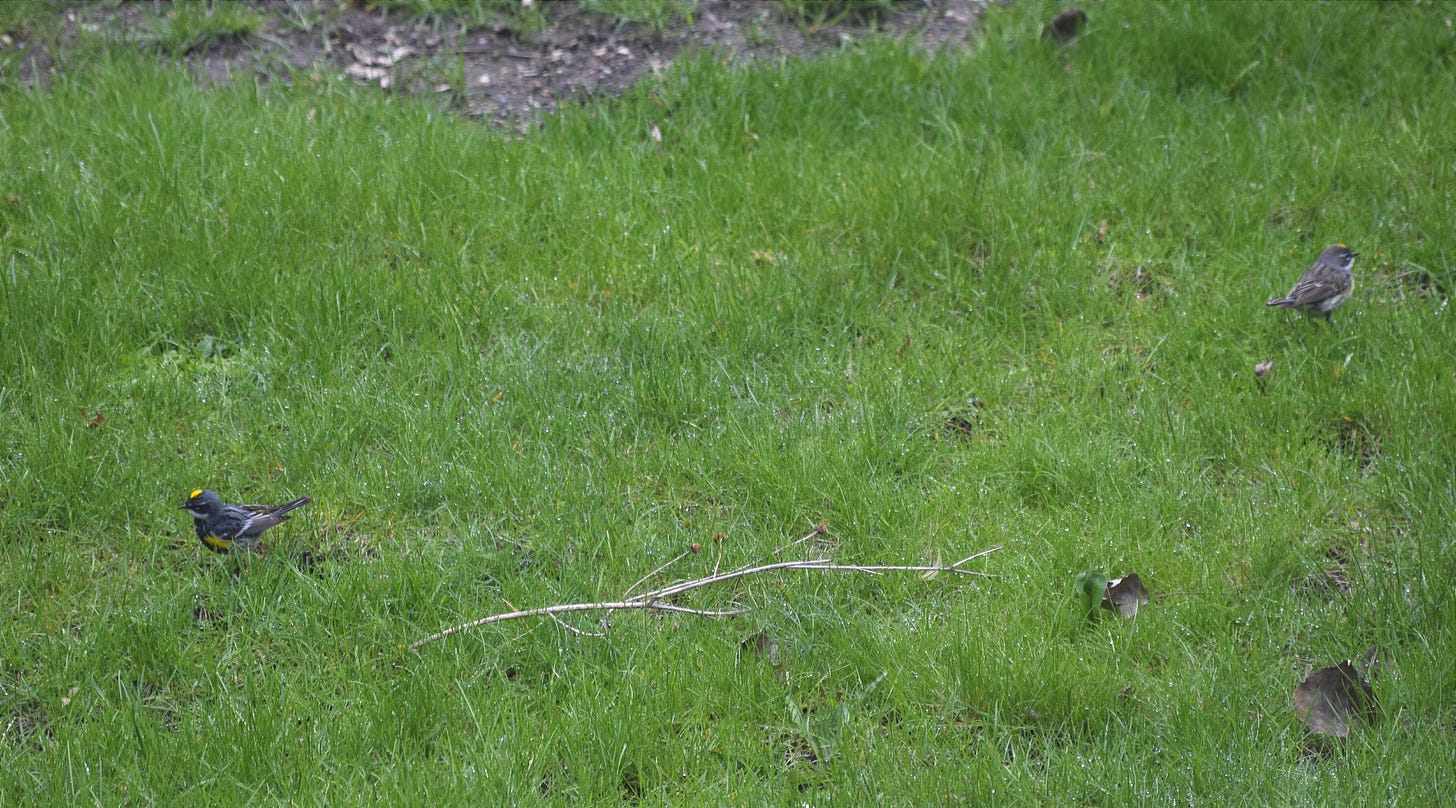
Warblers are called “neo-tropical” meaning they mostly breed north of the Tropic of Cancer and then return south of that latitude to winter. They are insectivores so they have to migrate - north to feast and raise young on the seasonal glut of the northern insect hatches - and then back south to overwinter where there is a year-round insect population. These tiny birds make a fascinating story by flying a few hundred to a few thousand miles, depending on the species, to reach their breeding grounds and then returning the same distance back in the fall. Often we don’t even notice this movement because these birds do all of their migrating at night under the cover of darkness. If we don’t happen to catch them stopping over one morning to feed in our neighborhoods, we may never know they flew by. These birds are true ambassadors spending parts the year living in multiple countries with different habitats and co-mingling with the lives of various peoples. This natural phenomenon of migration combines the many countries of our Western Hemisphere in the responsibility of caring and sharing these little travelers.
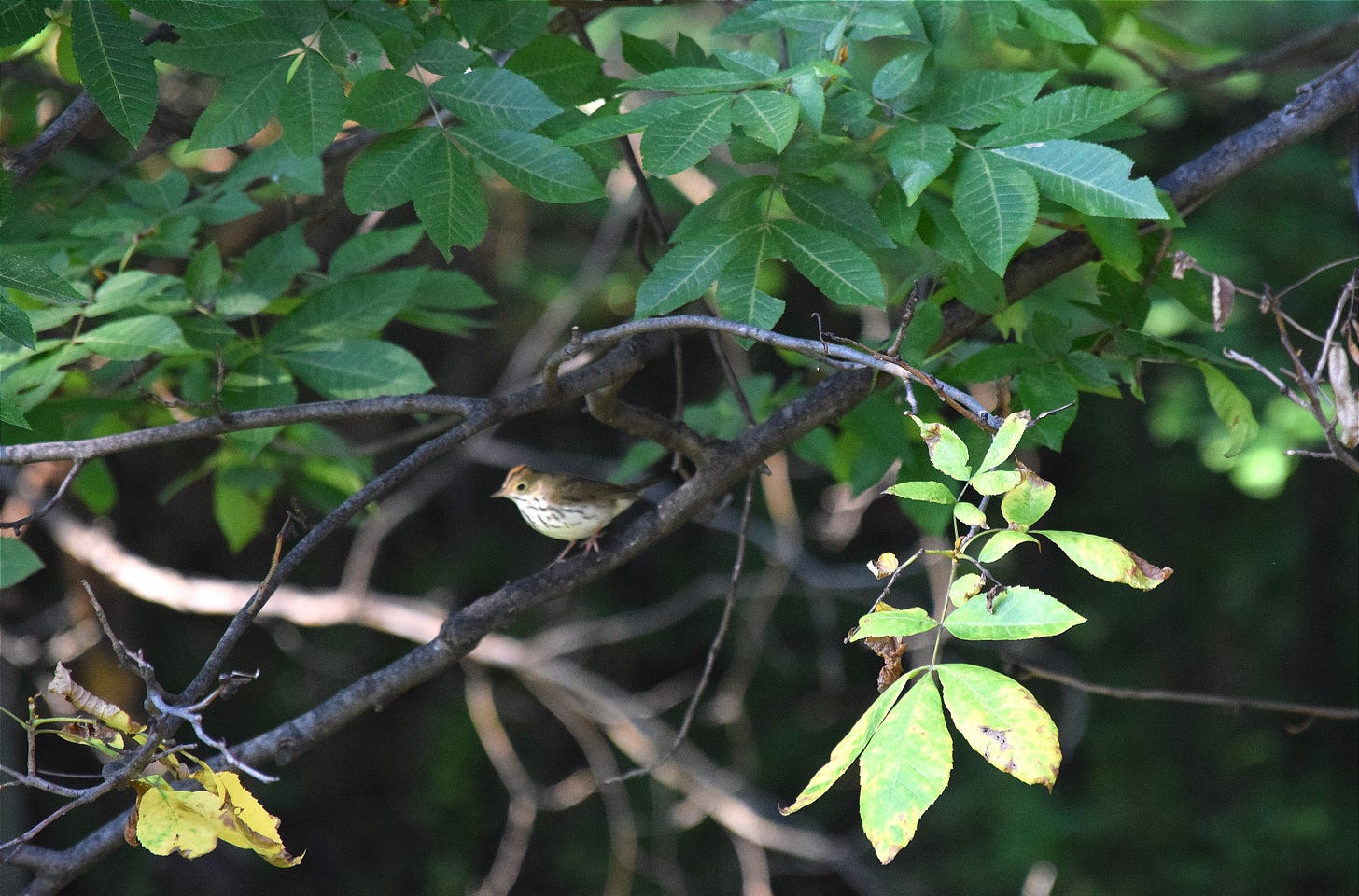
Warblers are hard to observe - they move quickly through the trees - never staying still. Many species like to feed up high in the tree canopy making it impossible to see their colorful plumage - often we only see their undersides. By the time one thinks they have a warbler sighted in binoculars, the bird has flown making birding frustrating.
After flying all night, warblers will stop and feed at dawn. If the timing is such that a large group of migrants need daytime refueling or if strong north winds and/or rain makes flying difficult, there may be a big wave of different warblers all appearing at one location for lucky birders to see - these events are called “fallouts”. In these cases, many of the birds can be lower to the ground offering good glimpses and a better chance to photograph them.
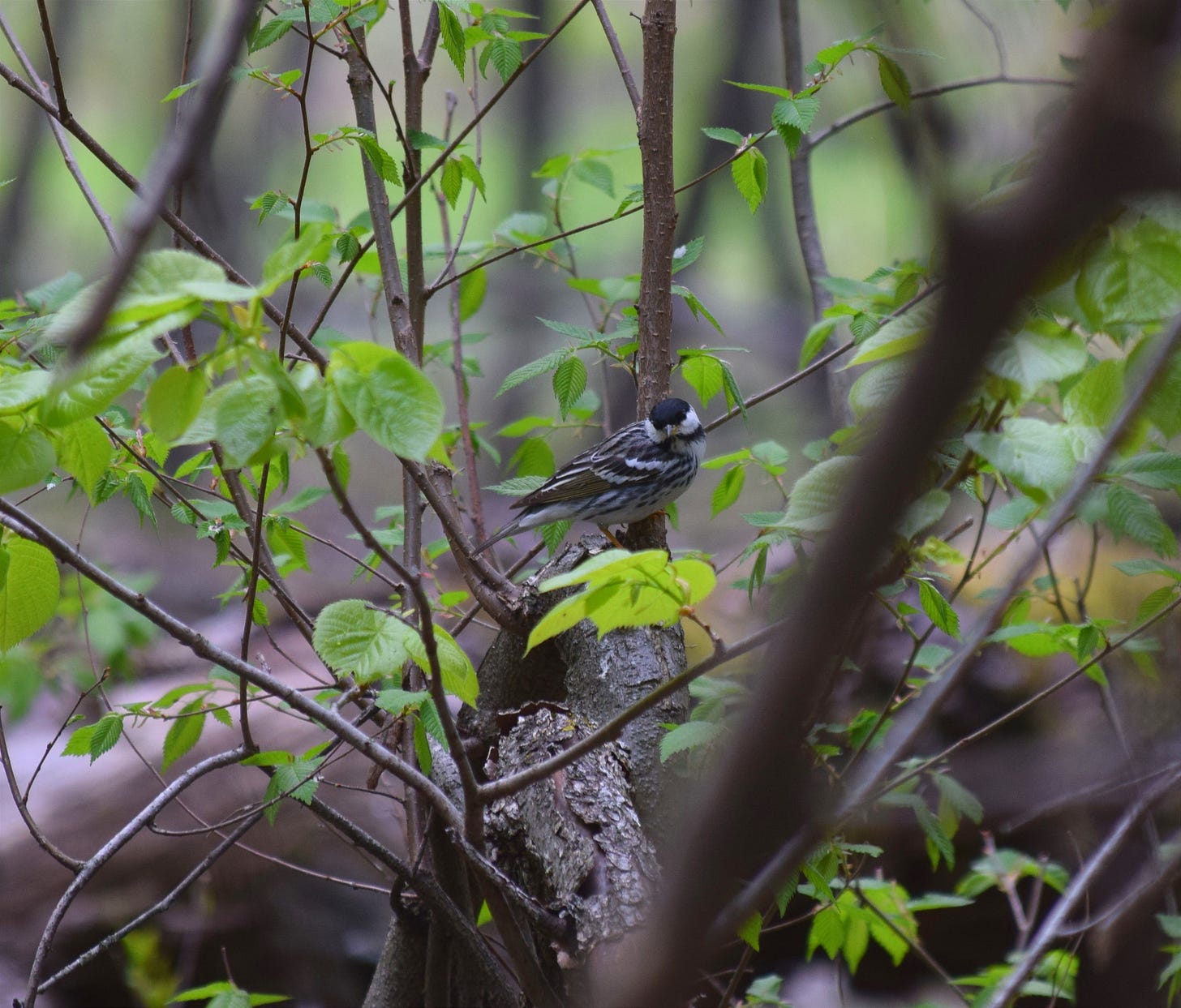
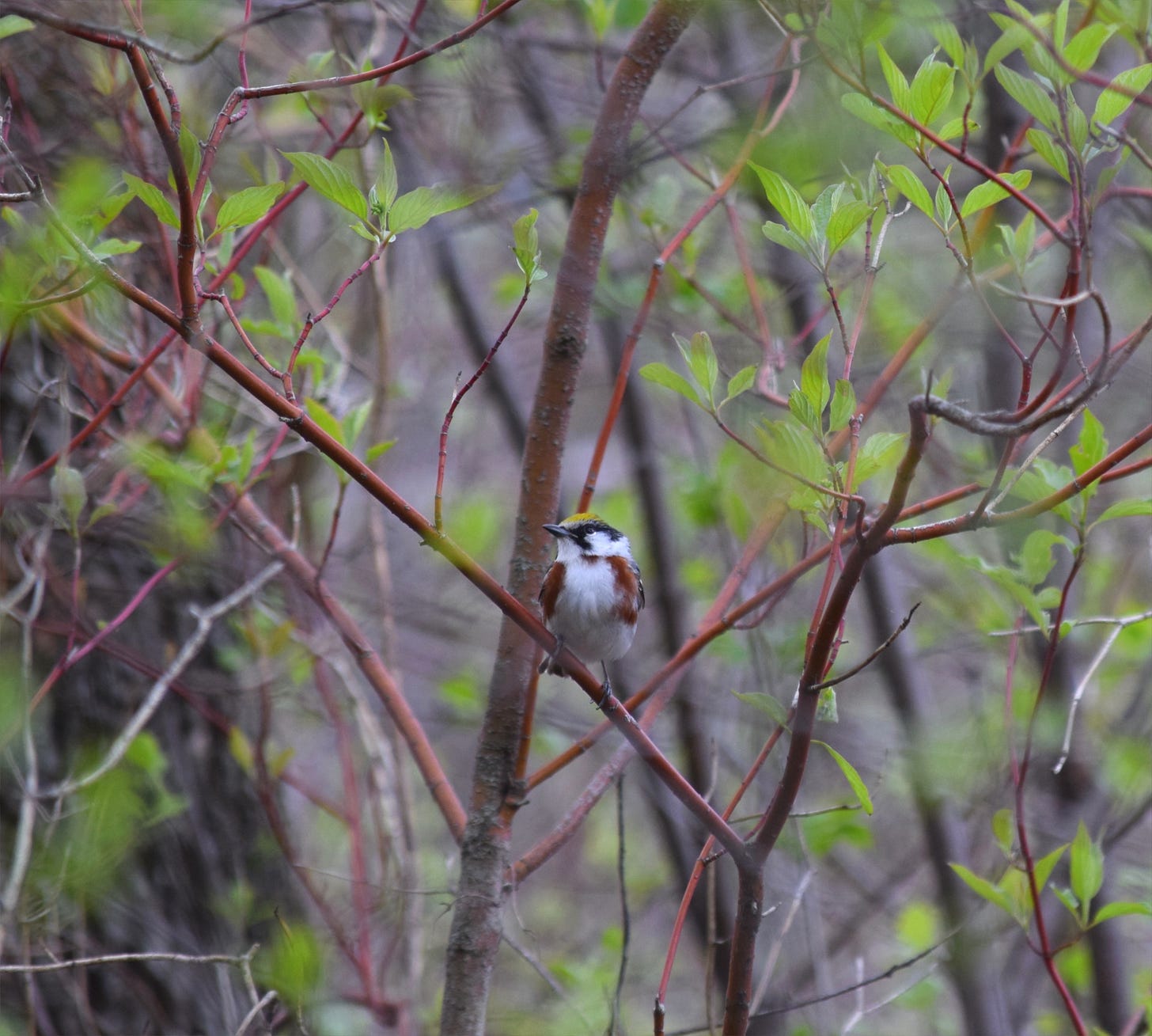
Cornell Lab of Ornithology has just put out an excellent pdf of “cheat sheets” to help in identifying warblers. It makes for a good study guide to prepare for the fun and kinetic viewing that the warbler season can create. You can access the link here. Highly recommend printing these sheets out on photo paper if your printer is capable.



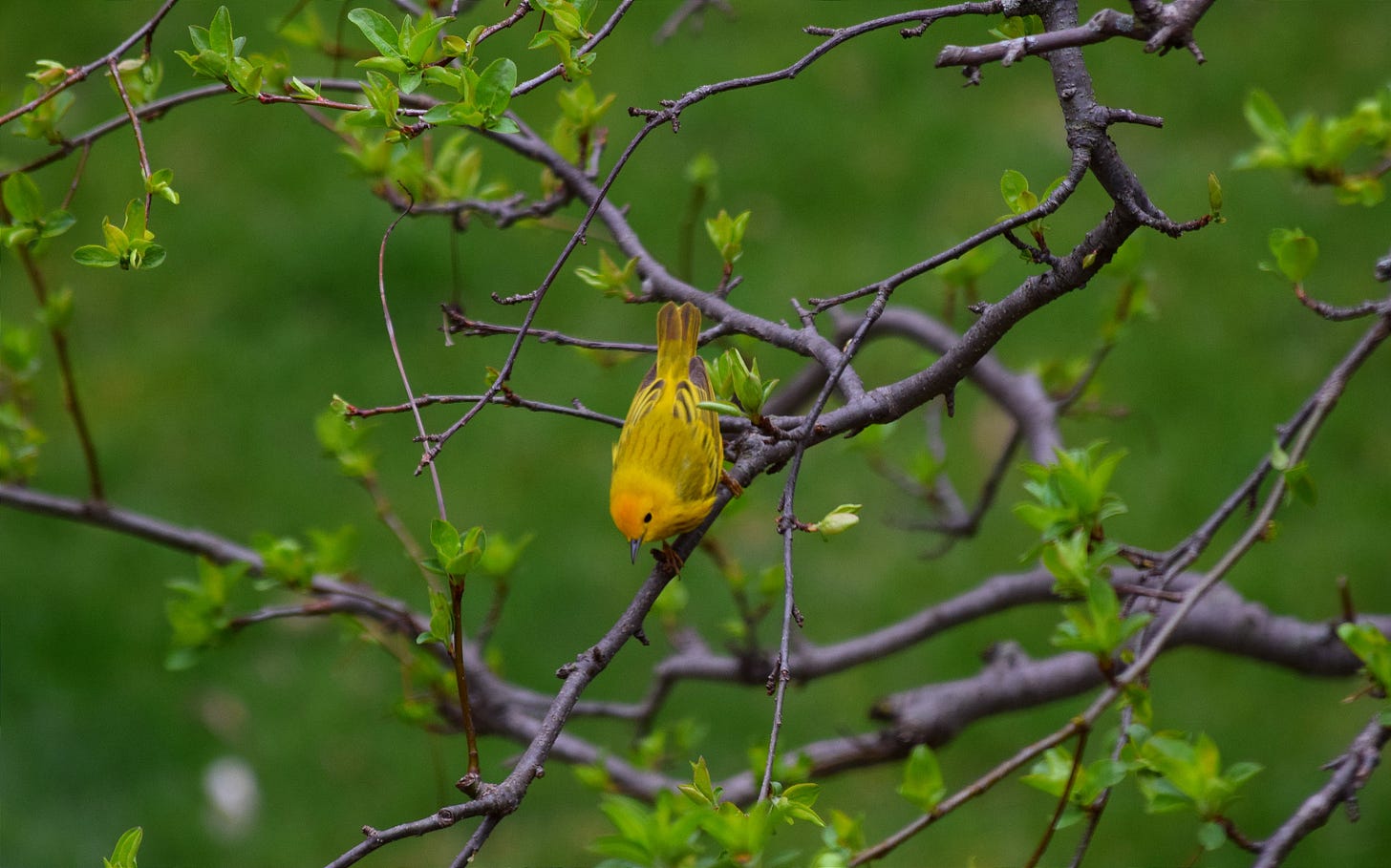
You have mentioned a couple of warblerw I haven't seen, the Blackpoll and Ovenbird, which I didn't know was a warbler.
I am more NW during the summer and SW during the winter. The only warbler I have seen SW is the yellow-rumped. NW I have seen a Macgillvray twice, the Townsend and Wilson a few times and the yellow warbler a lot.